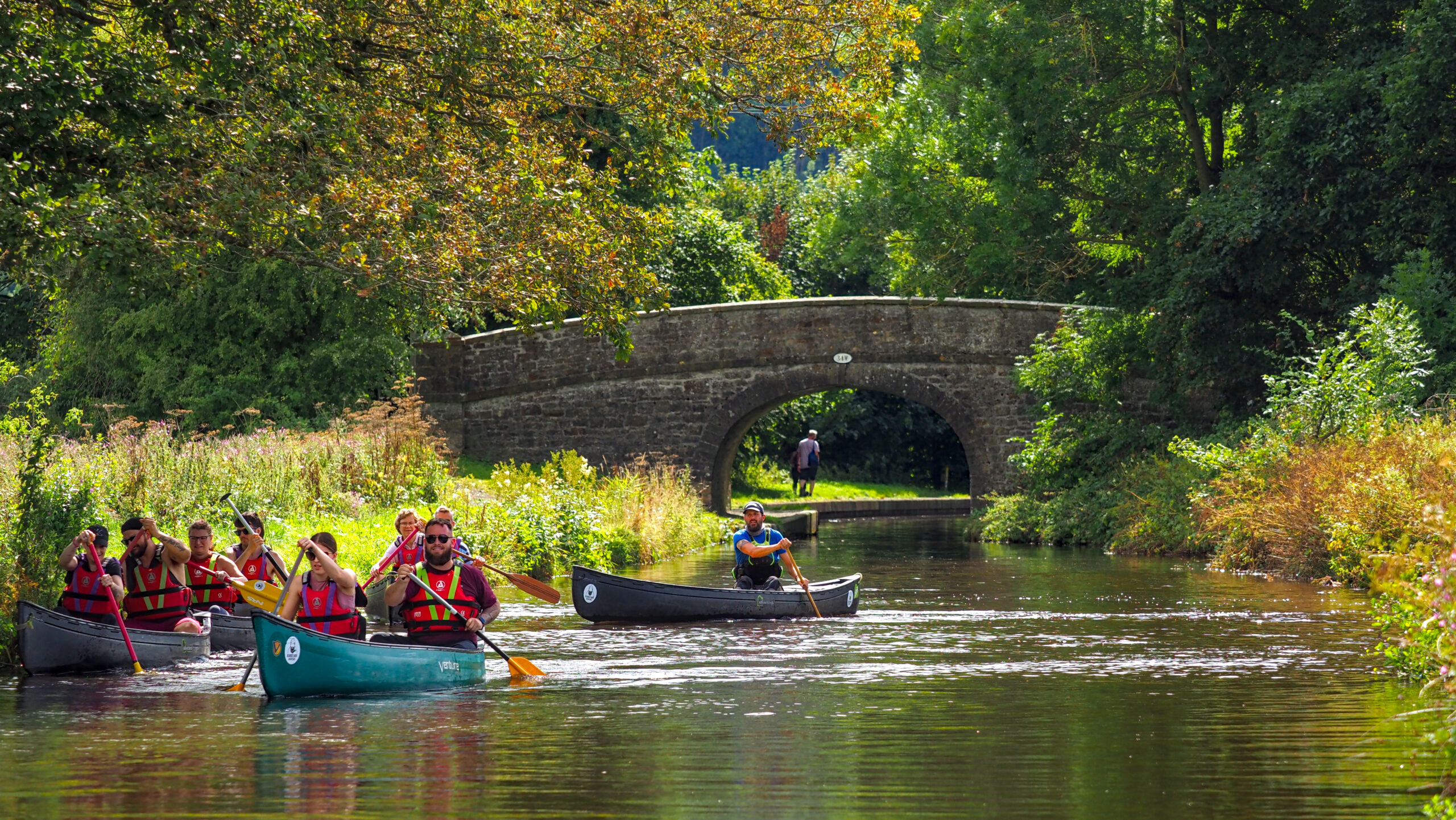
You’re interested in taking up kayaking and want to know how much it will cost to purchase a kayak. Understanding the factors that determine the cost of kayaks can help you make an informed decision before making your purchase. From the type of kayak to the materials used, this article will guide you through the key elements to consider when determining the cost of kayaks.
Factors that Affect the Cost of Kayaks
When it comes to purchasing a kayak, there are several factors that can influence the cost. To help you better understand how the price of a kayak is determined, let’s delve into each of these factors in detail.
Materials Used
The materials used in the construction of a kayak can significantly impact its cost. Kayaks can be made from various materials, each offering its own set of advantages and disadvantages.
Plastic
Plastic kayaks, often made from polyethylene, are the most affordable option on the market. They are durable, resistant to impact, and require minimal maintenance. However, they are heavier and may not have the same sleek appearance as kayaks made from other materials.
Fiberglass
Fiberglass kayaks are popular among enthusiasts as they provide a good balance between affordability and performance. They are lightweight, offer better maneuverability, and have a smoother finish. However, they may be more prone to damage and require careful handling.
Composite Materials
Composite kayaks, such as those made from carbon fiber or Kevlar, are known for their exceptional performance and superior strength-to-weight ratio. These high-end materials make them more expensive than plastic or fiberglass kayaks. They are ideal for serious paddlers who prioritize speed and agility on the water.
Inflatable
Inflatable kayaks are an affordable and convenient option, especially for those who have limited storage space. They are made from durable PVC materials, are lightweight, and can be easily transported. However, they may not be as sturdy as hard-shell kayaks and may require more frequent repairs or replacements.

Size and Weight
The size and weight of a kayak can influence both its performance and cost. Consider the following parameters when determining the right size and weight for your needs.
Length
The length of a kayak affects its speed and stability on the water. Longer kayaks tend to have better tracking capabilities and are faster, making them suitable for long-distance paddling. However, these kayaks may be more challenging to maneuver in tight spaces. Shorter kayaks, on the other hand, provide better maneuverability and are suitable for recreational use or navigating narrow waterways.
Width
The width of a kayak determines its stability. Wider kayaks offer more stability, making them an excellent choice for beginners or those who prefer a relaxed paddling experience. Narrower kayaks, on the other hand, might require more skill to balance, but they provide better speed and maneuverability.
Weight Capacity
A kayak’s weight capacity refers to the maximum load it can carry without compromising its performance or safety. If you plan on carrying heavier gear or going on longer trips, it is important to choose a kayak with a higher weight capacity. However, kayaks with higher weight capacities tend to be more expensive due to their reinforced construction and additional features.
Brand
The brand of a kayak can also impact its price. Here are a few considerations to keep in mind when evaluating different brands.
Well-Known Brands
Well-known kayak brands often come with a higher price tag due to their established reputation, quality craftsmanship, and extensive research and development. These brands have proven track records and offer kayaks with superior performance, durability, and customer support. Examples of well-known brands in the industry include Wilderness Systems, Hobie, and Old Town.
Less Popular Brands
Less popular kayak brands may offer more affordable options without sacrificing quality. These brands are often newer to the market or may not have the same level of recognition as their counterparts. While they may not offer the same level of brand recognition, they can still provide excellent kayaking experiences at a more budget-friendly price point.
House Brands
Some retailers offer their own in-house brands, which tend to be more cost-effective compared to well-known brands. These kayaks are usually designed and manufactured specifically for that retailer and may offer a good balance between affordability and quality. However, it’s important to research and read reviews to ensure the house brand kayaks meet your needs and expectations.

Design and Features
The design and features of a kayak can greatly influence its cost. Different types of kayaks have specific characteristics and capabilities that cater to various types of paddling activities. Consider the following designs and features when assessing the cost of a kayak.
Sit-In Kayaks
Sit-in kayaks are designed with an enclosed cockpit, providing greater protection from the elements. They are often used for recreational paddling or touring and are available in a wide range of prices depending on factors such as material, size, and additional features.
Sit-On-Top Kayaks
Sit-on-top kayaks are open-top designs, offering ease of entry, exit, and a more relaxed paddling experience. They are popular among recreational kayakers and are often available at more affordable price points.
Recreational Kayaks
Recreational kayaks are designed for casual paddling and are typically the most affordable option. They are stable, easy to maneuver, and offer comfortable seating. While they may lack advanced features found in more specialized kayaks, they are an excellent choice for beginners and those looking for leisurely paddling experiences.
Touring Kayaks
Touring kayaks are designed for longer trips and offer greater speed and tracking capabilities. They are longer, have more storage space, and typically include features such as adjustable seats and bulkheads for added safety. These kayaks tend to be more expensive due to their advanced features and materials that enhance performance.
White-Water Kayaks
White-water kayaks are specifically designed for navigating fast-flowing rivers and rapids. They are shorter, highly maneuverable, and built with reinforced hulls to withstand impact from rocks and obstacles. The added durability and specialized features make white-water kayaks more expensive compared to recreational or touring kayaks.
Fishing Kayaks
Fishing kayaks are equipped with additional features such as rod holders, storage compartments, and stability-enhancing designs. These specialized kayaks cater to anglers’ needs and tend to be more expensive due to their unique features and added functionalities.
Pedal-Driven Kayaks
Pedal-driven kayaks, also known as “kayak fishing boats,” are designed with pedal propulsion systems that allow for hands-free kayaking. These kayaks offer convenience and ease of use, making them popular among anglers. However, the advanced technology and additional features contribute to their higher price points.
Tandem Kayaks
Tandem kayaks accommodate two or more paddlers and are ideal for shared adventures. They have increased weight capacity and are designed to support multiple seating positions. Due to their larger size and higher material requirements, tandem kayaks tend to be more expensive than single-person kayaks.
Modular Kayaks
Modular kayaks are designed with separate pieces that can be combined to create a customized kayak. They offer versatility and easy storage, allowing paddlers to adjust the kayak’s length or convert it into a solo or tandem kayak. The modular design and additional convenience often make these kayaks pricier compared to traditional one-piece kayaks.
Folding Kayaks
Folding kayaks are made from lightweight materials that can be folded or collapsed for easy transportation and storage. These kayaks offer portability and are especially popular among those with limited storage space or who frequently travel. The unique construction and foldability contribute to their higher price points compared to traditional kayaks.
Condition
The condition of a kayak, whether new or used, can also affect its cost. Consider the pros and cons of each condition when determining your budget.
New
New kayaks generally come with a higher price tag due to their pristine condition and the fact that they have not been used or exposed to any wear and tear. Purchasing a new kayak ensures all the components are in perfect working order, and you may also benefit from the manufacturer’s warranty.
Used
Used kayaks are often more affordable and can be a great option for budget-conscious buyers. However, it’s important to thoroughly inspect a used kayak before making a purchase to ensure it is still in good condition. Look for any signs of damage, such as cracks or leaks, and test any equipment or accessories that come with the kayak. Buying from a reputable seller or marketplace can provide additional peace of mind when purchasing a used kayak.

Type of Kayak
The type of kayak you choose will play a significant role in determining its cost. There are various types of kayaks available, each designed for specific activities and environments. Consider the following types when assessing kayak prices.
Recreational Kayaks
Recreational kayaks are the most basic type of kayak, offering ease of use and stability. They are typically the most affordable option and are perfect for casual paddling on calm waters or small lakes.
Touring Kayaks
Touring kayaks are designed for longer trips and offer enhanced performance in terms of speed, tracking, and storage capacity. These kayaks tend to be more expensive due to their advanced features and materials that cater to those who enjoy multi-day expeditions.
White-Water Kayaks
White-water kayaks are specifically designed for navigating fast-flowing rivers and rapids. They are built to withstand impact and have specialized features to enhance maneuverability. These kayaks tend to be more expensive due to their construction and materials that can withstand the rigors of white-water paddling.
Fishing Kayaks
Fishing kayaks are equipped with features tailored to anglers, such as rod holders, storage compartments, and stability-enhancing designs. These specialized kayaks tend to be more expensive due to their added functionalities and fishing-specific accessories.
Inflatable Kayaks
Inflatable kayaks are portable and easy to store, making them suitable for those with limited space or frequent travelers. They are generally more affordable compared to hard-shell kayaks but may not provide the same level of durability or performance.
Sea Kayaks
Sea kayaks are designed for open water and long-distance paddling. These kayaks offer enhanced stability, speed, and storage capabilities. Due to their advanced features and materials that ensure performance in potentially rough conditions, sea kayaks are often more expensive.
Surf Kayaks
Surf kayaks are designed to ride waves and are highly maneuverable. They typically have a shorter length and specialized features for better control in surf conditions. Surf kayaks can be more expensive due to their specialized design and performance requirements.
Pedal-Driven Kayaks
Pedal-driven kayaks, as the name suggests, are propelled using a pedal system instead of traditional paddle strokes. These kayaks offer convenience and allow for hands-free kayaking. Their advanced technology and added features contribute to their higher price points.
Tandem Kayaks
Tandem kayaks are designed to accommodate two or more paddlers. They have increased weight capacity and often include features such as multiple seating positions. Due to their larger size and increased material requirements, tandem kayaks tend to be more expensive than single-person kayaks.
Modular Kayaks
Modular kayaks offer versatility through a design that consists of separate pieces that can be combined to create a customized kayak. The ability to adjust the kayak’s length or convert it into a solo or tandem kayak contributes to their higher price points compared to traditional one-piece kayaks.
Customization Options
Some kayak manufacturers offer customization options that allow you to personalize your kayak. Although customization options are not a necessity, they can increase the cost of a kayak. Consider the following customization options when assessing the price of a kayak.
Color Options
Certain manufacturers allow you to select from a range of color options for your kayak. While this may seem like a minor detail, custom colors may come at an additional cost.
Accessory Compatibility
Some kayaks are designed to be compatible with specific accessories, such as fishing rod holders, GPS mounts, or additional storage compartments. While these features can enhance your kayaking experience, they may contribute to a higher price tag.
Location and Availability
The location and availability of a kayak can also affect its cost. Consider the following factors when evaluating the price of a kayak.
Local Retail Stores
Buying a kayak from a local retail store can provide convenience in terms of viewing and testing the kayak in person. However, keep in mind that prices at retail stores may be higher due to overhead costs, such as rent and staffing.
Online Vendors
Online vendors often offer a wider selection of kayaks, including both well-known brands and more affordable options. Online shopping can also provide cost savings due to lower overhead costs for the vendor. However, it’s essential to research the seller’s reputation and consider any additional shipping costs.
Seasonal Sales
Keep an eye out for seasonal sales, particularly during off-peak seasons, as this is when you may find discounted prices for kayaks. Retailers may offer promotions and discounts to clear out their inventory or introduce new models.
Special Discounts
Keep an eye out for special discounts such as promotional codes, member discounts, or package deals that include accessories or other gear. These discounts can help you save money when purchasing a kayak and any accompanying equipment.
Warranty
The warranty offered by a manufacturer can impact the cost of a kayak. A longer or more comprehensive warranty generally reflects the manufacturer’s confidence in the kayak’s quality and durability. Consider the warranty period and coverage when evaluating the overall value of a kayak.
In conclusion, the cost of a kayak can be influenced by a variety of factors, including the materials used, size, brand, design, condition, type, customization options, location, and warranty. By understanding these factors, you can make an informed decision when purchasing a kayak that fits your needs and budget. Happy paddling!









